
How to potty train a Belgian Malinois puppy?
Belgian Malinois puppies are sharp and eager to learn, but potty training still needs consistency—they’re just babies figuring out their bodies.
If you’re a new dog parent in the US—maybe you’re stuck in your Chicago apartment on a rainy Saturday, watching your 9-month-old rescue Beagle, Milo, pace and chew his rubber bone until it’s slobbery, and thinking: Is there a way to tire him out without a walk? Or you’ve noticed your shy Poodle, Lua, freezes up at the grocery store and wonder how to build her confidence—scent training is the solution. It’s a low-effort, high-fun activity that taps into your dog’s natural love of sniffing, and it works even in tiny spaces. Let’s break this down so you can start tonight, no fancy gear needed.
First, let’s keep the science simple: A dog’s nose has 300 million scent receptors—way more than our measly 5 million. Sniffing isn’t just “exploring”; it’s how they process the world, calm anxiety, and burn mental energy (which is just as tiring as a long hike). Scent training lets them use this superpower to “solve puzzles,” which boosts their confidence. Unlike strict obedience drills, it’s all about letting your dog lead—they get to decide when and where to sniff, which makes it feel like play, not work. Take Mia, a first-time owner in Texas: She started scent training with her nervous Chihuahua, Max, who used to hide from guests. Now Max wags his tail when he sees the treat bag—he even “finds” her lost keys under the couch!
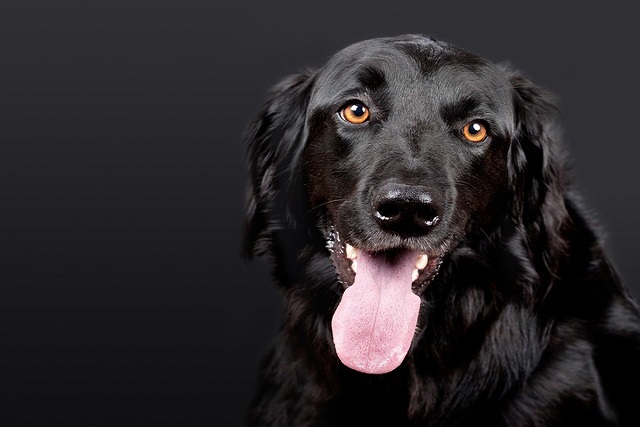
Here’s how to do scent training step by step: Start with a “target scent” your dog loves—freeze-dried chicken or peanut butter-stuffed toys work best. First, let them sniff the treat and give a tiny bite—this teaches them “this smell = reward” (positive reinforcement is key; never scold them for taking time to sniff—punishment goes against US animal welfare norms and kills their excitement). Next, hide the treat super obviously—like under a single pillow on your couch. Say “Find it!” in an upbeat voice and step back. When they paw or nudge the pillow, cheer like they won a prize and give them the treat. After 3–4 tries, make it trickier: hide it behind a chair, in a cardboard box with holes (to let scent out), or under a rug. For apartment living, stick to quiet corners—no need to move furniture or disturb neighbors. Keep sessions short (5–10 minutes) so they end on a win, not frustration. As they get better, try new scents (like dried lavender or their favorite kibble) to keep it fun.
Now, let’s tie in rules that matter. Every US state requires core vaccines (distemper, parvovirus)—if you want to take scent training outside (like hiding treats in a local park), make sure your dog’s shots are up to date. Skipping vaccines could get you fined $150+ in California or New York. When you’re out, always clean up their poop—cities from Seattle to Boston fine up to $300 for leaving waste, even during training. If you live in an apartment, warn neighbors if you’re training near shared spaces (like the lobby)—some dogs get excited and bark, so a quick text like “We’re doing scent games—might be a little noisy!” keeps things friendly. At the dog park, never do scent training with other dogs around—your pup might guard treats, which breaks park etiquette.
Scent training isn’t about being perfect; it’s about bonding. With patience and lots of treats, you’ll watch Milo go from bored to focused, or Lua from shy to bold. Before you know it, they’ll be begging to “Find it!” every day—and you’ll both look forward to your little training sessions.

Belgian Malinois puppies are sharp and eager to learn, but potty training still needs consistency—they’re just babies figuring out their bodies.
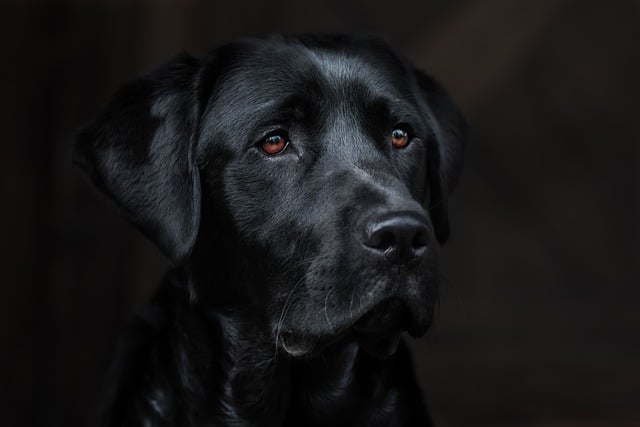
Bringing home a Belgian Malinois puppy means balancing their high energy with consistent routines—and house training is where that balance starts.

Watching your dog dart toward a busy street or vanish into a neighbor’s yard isn’t just scary—it’s a risk no pet parent wants to take.
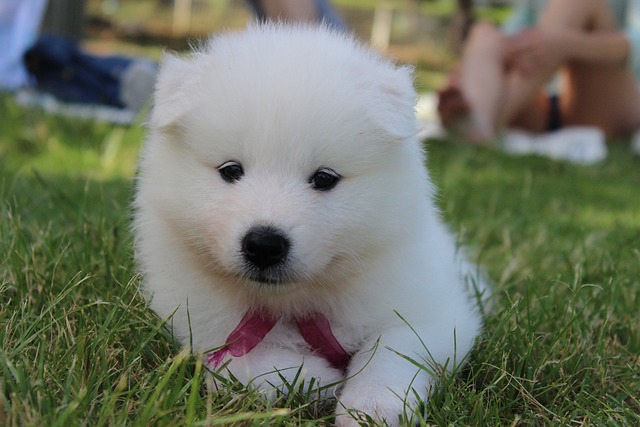
Most new puppy owners start wondering about potty training the moment they bring their fuzzy friend home—and for good reason.
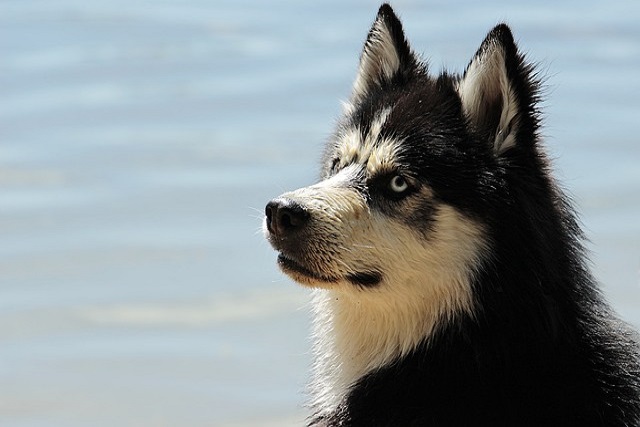
You’re on your third attempt at a peaceful walk today when your dog spots a neighbor and erupts into a frenzy of barking and lunging.
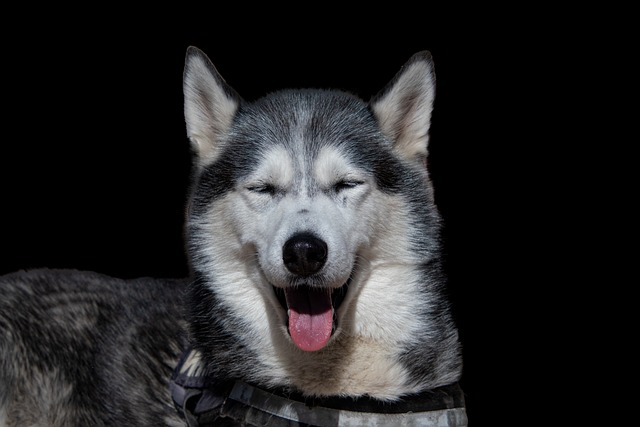
You’re on your daily walk when suddenly your dog spots another pup across the street. What begins as normal curiosity quickly escalates into lunging